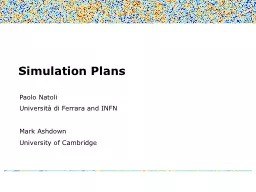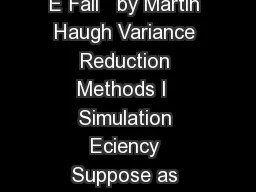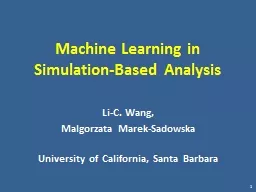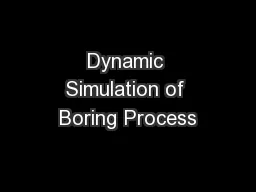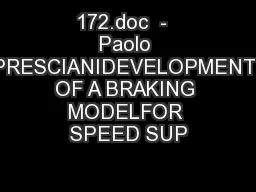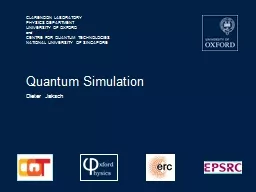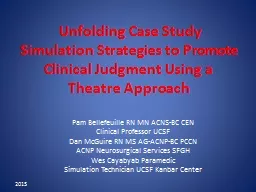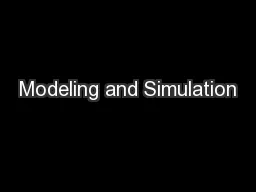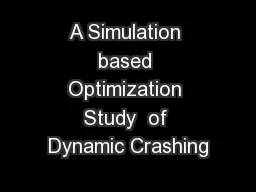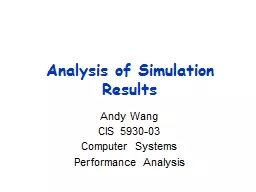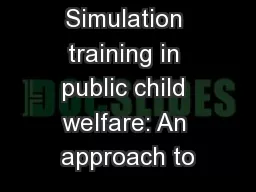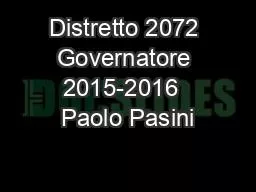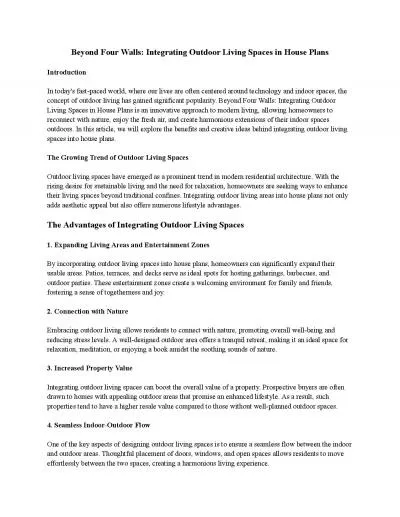PPT-Simulation Plans Paolo Natoli
Author : imetant | Published Date : 2020-06-23
Università di Ferrara and INFN Mark Ashdown University of Cambridge Context Paolo Natoli Simulation plans CERN 16 May 2016 At this level simulations are useful
Presentation Embed Code
Download Presentation
Download Presentation The PPT/PDF document "Simulation Plans Paolo Natoli" is the property of its rightful owner. Permission is granted to download and print the materials on this website for personal, non-commercial use only, and to display it on your personal computer provided you do not modify the materials and that you retain all copyright notices contained in the materials. By downloading content from our website, you accept the terms of this agreement.
Simulation Plans Paolo Natoli: Transcript
Download Rules Of Document
"Simulation Plans Paolo Natoli"The content belongs to its owner. You may download and print it for personal use, without modification, and keep all copyright notices. By downloading, you agree to these terms.
Related Documents

